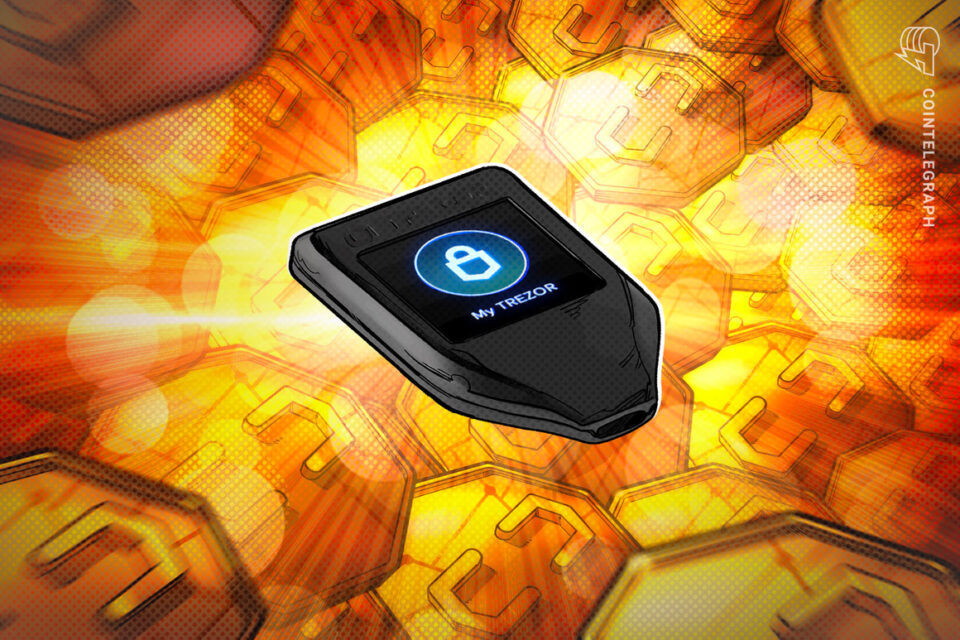Amid the expanding trend toward self-custody, the CEO of hardware wallet manufacturer Trezor, Matej Zak, has highlighted the most relevant development vector for the company so far — enhancing usability to significantly increase the number of users over the next few years.
Speaking to EdaFace at the BTC Prague 2023 conference on June 9, Zak said: “Educate hard and build simply” is Trezor’s most relevant strategy in developing its hardware wallets amid the growing demand for self-custody.
“You need to explain what self-custody is because it’s still a different concept. It’s nothing that existed before Bitcoin, and Bitcoin has only been around since 2009,” he added.
While allowing investors to be their own banks, the concept of self-custody also makes users the sole responsible entity for securing their Bitcoin (BTC). The most important part of this responsibility is keeping your private key, or seed phrase, safe and secure.
Security, privacy and usability have always been key parts of self-custody in Trezor’s proposition, Zak said. “But the usability plays a really important part,” the CEO stated, adding that Trezor is still trying to make its hardware wallets as user-friendly as possible. The exec added:
“Usability is the one where you want to make things easier, more simple to use. So all those people coming from exchanges can actually feel at home and not be scared by losing their private keys.”
By increasing usability, Trezor hopes to double or even triple the amount of hardware wallet users around the world in the next three to four years. Citing some estimates, Zak said that less than 2% of all 420 million crypto users globally currently use hardware wallets.
Focus on usability is part of the reason Zak believes that complicated self-custody wallet setups, like multisignature or multisig, may not be the best solution for newcomers to the industry.
Unlike standard Bitcoin wallet setups, multisig involves using more than one public key to authorize a transaction, which is designed to increase self-custody security.
“Security at the expense of usability, comes at the expense of security,” Zak said, referring to a quote by Bounce Security CEO Avi Douglen.
Related: North Korean hackers swipe over $100M from Atomic Wallet users
While focusing on usability and education, Trezor doesn’t plan to introduce any new built-in features to help users recover their private keys.
According to the CEO, Trezor has done everything possible to help its customers secure their seed phrases. Zak mentioned implementations like the Shamir backup, which is often used to distribute the private key phrase among different locations. Introduced by Trezor in 2019, the Shamir backup is designed to keep users’ Bitcoin safe from theft or accidents.
“There’s nothing we could improve on in this regard because the usability is good,” he said.
The remarks from Trezor’s CEO come a few weeks after rival hardware wallet supplier Ledger teased a new tool allowing users to recover their private keys. Following criticism from the crypto community, the company later postponed the launch of Ledger Recover, with its CEO Pascal Gauthier claiming that it was a “humbling experience” and the result of miscommunication.
Magazine: Peter McCormack’s Real Bedford Football Club puts Bitcoin on the map





